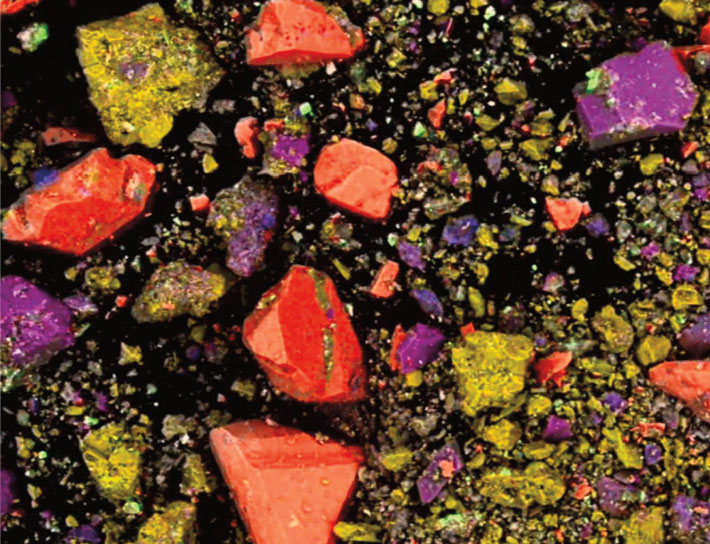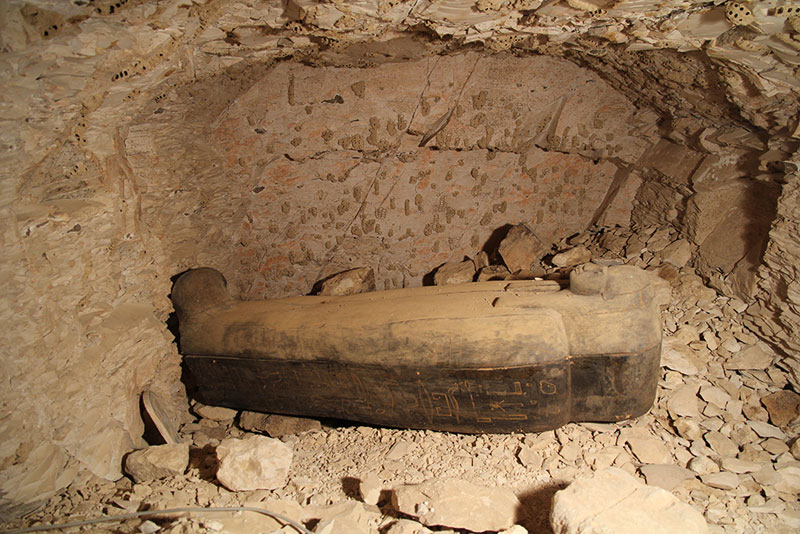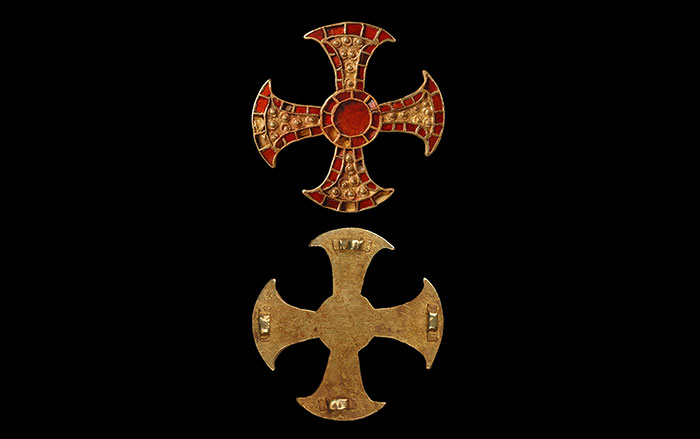
Excavations at sites in the Near East indicate people first domesticated wild oxen roughly 10,500 years ago. Now a team of European scientists has used DNA evidence to determine whether that domestication was a region-wide phenomenon or a specialized pursuit practiced by a small number of breeders. They found that all taurine cattle (the breeds commonly found in Europe, the Americas, and northern and eastern Asia) are descended from a herd of about 80 animals.
The researchers compared DNA extracted from the bones of 15 domestic cattle found at sites in Iran dating to between 8,000 and 1,900 years ago to that of modern animals. Specifically, they homed in on a fragment of genetic material where mutations tend to take place frequently over time. They then ran computer simulations that began with the genetic diversity seen in cattle today and extrapolated backward to find the initial conditions that would have given rise to the modern animals.
"The computer can vary parameters, such as herd size. We kept only those simulations that led to the data we observed in the ancient samples," says Ruth Bollongino, a postdoctoral researcher at the University of Mainz in Germany. "They all showed 80 cows at the beginning." The relatively small herd size derived from the simulations indicates that cattle domestication was not practiced widely in the Neolithic Near East. Rather, sustained breeding of wild oxen was likely a difficult task carried out in only a few villages during that time period.










